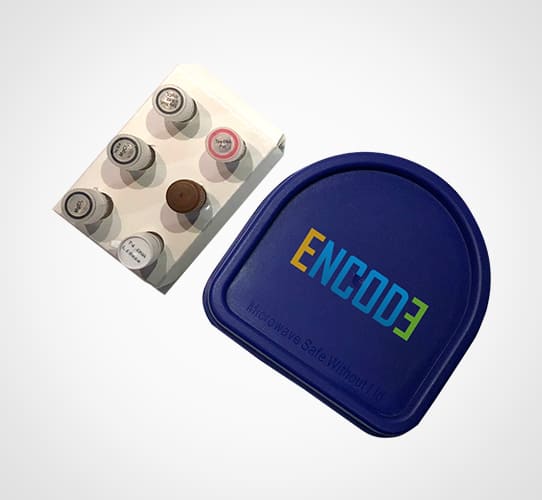
ENCODE MUSTARD ALLERGEN KIT
The severity of the reactions triggered by food allergens vary from mild urticarial to potentially lethal anaphylactic shocks, even after the ingestion of minimal doses of the allergenic food (López-Calleja et al, 2013). The prevalence of clinically confirmed food allergy indicates that up to 2.5% of the adult population and 6–8% of children less than 3 years of age are affected by food allergies. However, population surveys have estimated the rate of prevalence of perceived food allergy in adults to be between 12 and 20% (Galan et al, 2010). This confirms that food allergy represents a major threat to human health. Within the European Union the presence of the most important food allergens needs to be declared on the label of food products whenever they are used as ingredients as required by Directive 2006/142/EC and is maintained in the recent Directive 2007/68/EC (Galan et al, 2010). Mustard is one the allergens listed in this directive. Several methods for allergen detection are based on identification of proteins, specially by means of immunological methods. However, these methods are not reliable for application in highly processed and heated products due to the protein deterioration. DNA is more stable than proteins during process-ing and although it can be fragmented by several processes, it continues to be detectable by PCR. Real time PCR techniques are especially suitable for these products because small fragments of DNA can still be amplified andidentified with high sensitivity and specificity
Product Features
- Assay Mix Target composed by single plex mixtures of specific forward/reverse primers and probe.
- Resuspension buffer
- DNase/RNase free water
- Internal Control Assay Mix
- Mastermix solution
- Standard Template, positive control
Ordering Information
- ENCODE MUSTARD PCR KIT EIL-MUSTARD -50
- ENCODE MUSTARD PCR KIT EIL-MUSTARD -100